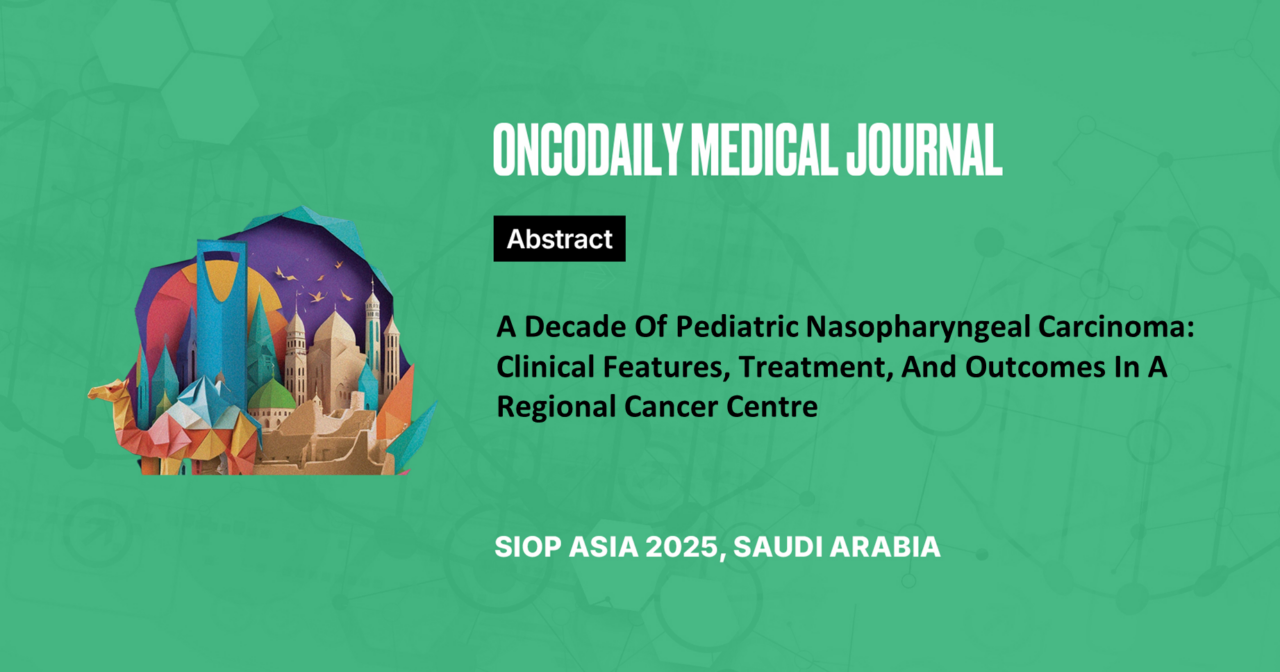A Decade of Pediatric Nasopharyngeal Carcinoma: Clinical Features, Treatment, And Outcomes In A Regional Cancer Centre
Abstract
Introduction: Nasopharyngeal carcinoma (NPC) constitutes 1% of childhood cancers and 35-50% of nasopharyngeal malignancies. Despite its rarity, NPC poses unique diagnostic and therapeutic challenges in paediatric populations. This 10-year retrospective analysis examines clinical characteristics, treatment patterns, and survival outcomes of paediatric NPC at a single institution.
Methodology: The study included patients under 15 years diagnosed with NPC from 2014 to 2023. Data was collected from medical records, and Kaplan-Meier analysis estimated overall survival (OS) and progression-free survival (PFS). Associations between prognostic factors and outcomes were analyzed.
Results: Thirty-seven patients were diagnosed with NPC, representing 0.9% of childhood cancers. The median age was 11 years with a male-to-female ratio of 3.6:1. Neck swelling was the most common symptom (70%). Most patients (81%) presented at an advanced stage, with 48.6% having stage IV disease. Ninety-two percent had nodal and 8% distant metastasis. Histologically, 78% had undifferentiated carcinoma. Of the 27 treated patients, 66% received neoadjuvant chemotherapy (cisplatin, 5-fluorouracil), 100% received radiotherapy (median dose: 66Gy) and 66% received adjuvant chemotherapy. Concurrent chemoradiotherapy with cisplatin was administered to 37%.
After a median follow-up of 16 months (range:1-144 months) the estimated 5-year OS and PFS rates were 61.3% and 71.4% respectively, with nodal and distant metastasis significantly associated with poorer OS (p<0.001). At the end of therapy, 22% had a residual disease and 18% had refractory disease. Salvage chemotherapy led to remission in 2 of 3 patients with residual disease. Recurrence occurred in 3 patients within a year, 2 of whom had residual disease. One relapsed case achieved remission after second-line treatment. The most common late effects of therapy were hypothyroidism (57%) and hearing loss (28%).
Conclusion: NPC frequently presents at advanced stages contributing to suboptimal survival. Addressing delays in presentation, rigorous follow-up, and exploring novel therapies are crucial to improving outcomes.





